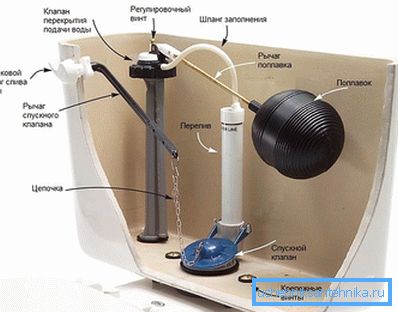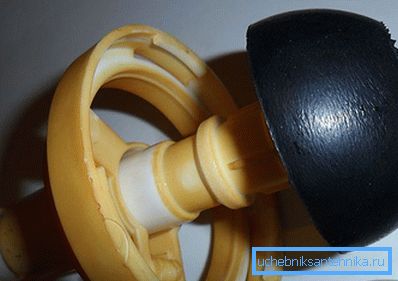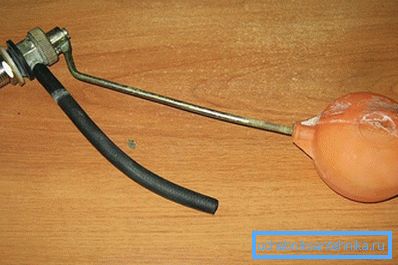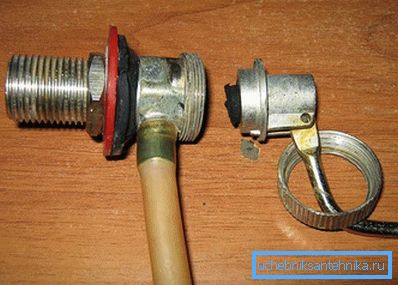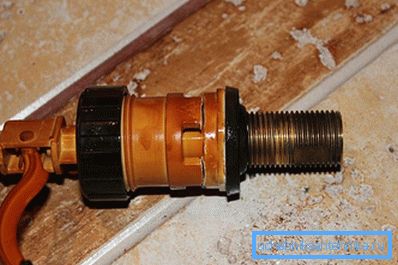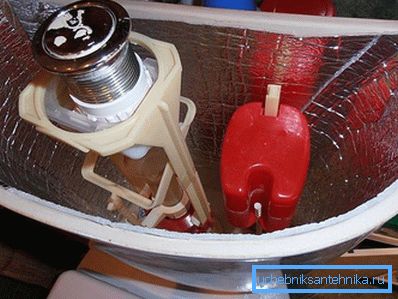What to do if the toilet bowl is leaking
One of the prerequisites that must be respected in any home, can be considered properly functioning bathroom. The fact is that as a result of using any mechanism, including the drainage system of the toilet bowl, natural wear of parts occurs, which leads to water flow. Sooner or later, you will have to decide what to do if the toilet bowl flows. Some features of the solution will be discussed below.
Types of leak
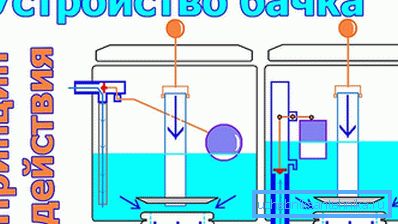
First of all, it is necessary to determine what is the essence of the problem that has arisen, since the algorithm of further actions will largely depend on an understanding of this. So, to say that the toilet bowl flows in two main cases:
- Water from the tank leaks out.
- The water does not seep out, but it constantly drains into the toilet.
Both the first and second cases are extremely undesirable, and therefore require immediate elimination. For a better understanding of each of the cases must be considered separately.
Flow out
In this case, on the surfaces of the node itself (as well as around it) there will be drops of moisture or damp spots. This can occur for several reasons, and therefore it is necessary, first of all, to determine the localization of the problem.
Cuff leak
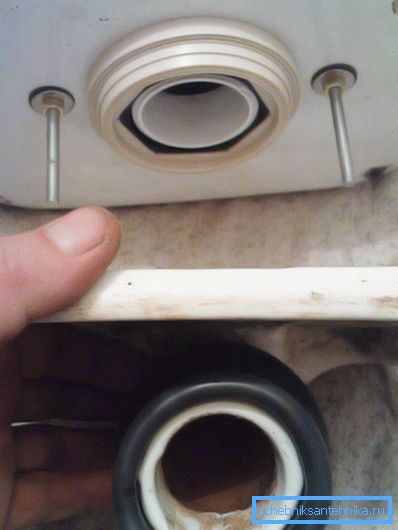
One of the most common cases that lead to the appearance of a leakage between the cistern and the shelf of the toilet bowl is the destruction of the sealing cuff installed at the junction of the bathroom elements. The algorithm for resolving the problem is as follows:
- blocking the water supply to the bathroom;
- dismantling fasteners;
- dismantling of the tank itself;
- replacement of the sealing cuff.
The assembly of elements is carried out in the reverse order. As you can see, the repair process is not particularly complex and can be carried out independently.
Destruction fasteners
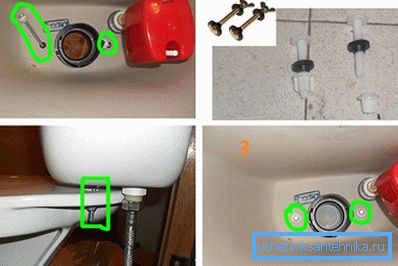
Another case that leads to the leakage of the junction between the cistern and the toilet, is the destruction of fasteners connecting the elements of the bathroom. Usually this development takes place if the fastener is made of steel or plastic. The metal is corroded by rust, and the plastic loses its strength characteristics over time. As for how to fix the tank in this case, everything is simple - you need to replace the elements. The main problem that may arise in this case is the irregularity of the bolts.
To avoid confusion when choosing items, you can take with you the old ones and experts will select the same ones, or they will tell you how to get out of the situation with the help of analogues.
Condensate

The following situation can hardly be called a tank leak in the full sense of the word, however, it can also be the cause of dampening of the surfaces adjacent to the bathroom. It is about the formation of condensate. The essence of the phenomenon is as follows - if the water in the toilet bowl is long enough, then it has time to heat up to a normal temperature, approximately equal to the temperature inside the room, and moisture does not condense. If the water does not have time to heat up, which happens either when the bathroom is used excessively often or when the drain valve malfunctions, then drops of moisture form on the walls of the element. The problem is solved by repairing the tank valves, but this will be discussed below.
Eyeliner leak
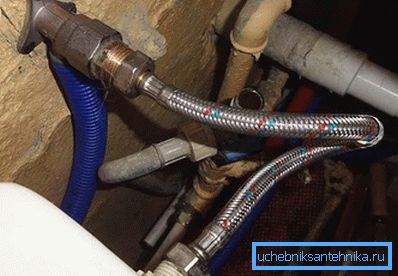
The toilet cistern can also leak into the place where the supply pipe is connected to the inlet valve. As a rule, this may be due to the destruction of the integrity of the gaskets or the destruction of the valve body itself. In this case, after the water supply is shut off, the inlet valve should be dismantled and either replace it entirely or replace the gaskets.
As in the case of fixing bolts, in order not to be mistaken with the choice of valve, you can take it with you to the store for comparison with the available samples.
Leaking tank directly

As mentioned above, another type of leak in the toilet is a fault valve. Here it is necessary to recall the general principle of the device. The bottom line is that the inlet valve is equipped with a float and when the water level in the tank rises to a certain level, it overlaps. In addition, the tank is equipped with a drain valve that opens with a special rod. Over time, the valve may malfunction, and water from the tank will constantly flow. Usually this problem is caused by the integrity of the sealing element and is solved by replacing the gasket.
As can be seen from the above, there may be several reasons why the toilet bowl flows, but all of them can be solved independently. It is important to follow the rules of work and do not forget to turn off the water before work.
Video
Watch the video, which describes how to eliminate a leak in the cistern:
A photo
